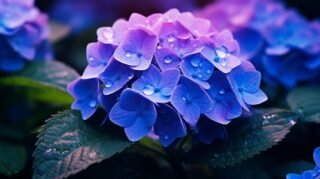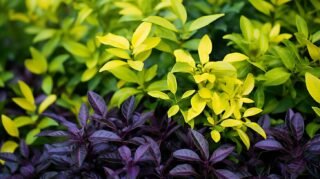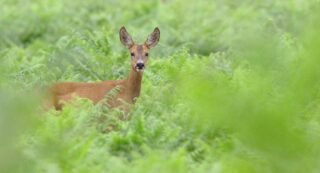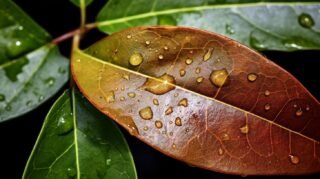Table of Contents
- Nandina Bonsai Care: Soil, Watering, and Pruning Tips
- Propagation and Styling Nandina Bonsai: Tips and Techniques
- FAQ
- Q: Is Nandina bonsai suitable for beginners?
- Q: What is the ideal placement for Nandina bonsai?
- Q: What type of soil should be used for Nandina bonsai?
- Q: How often should I water my Nandina bonsai?
- Q: When should I prune my Nandina bonsai?
- Q: How do I propagate Nandina bonsai?
- Q: What are some common pests and diseases that affect Nandina bonsai?
- Q: Can I style my Nandina bonsai using wire?
- Q: Is Nandina bonsai considered invasive?
Nandina bonsai, scientifically known as Nandina domestica, is a versatile shrub that can be cultivated as a beautiful bonsai tree. With its delicate foliage and graceful appearance, Nandina bonsai is a popular choice among bonsai enthusiasts, especially for indoor cultivation.
This guide is designed to provide beginners with comprehensive insights into the art of growing and caring for Nandina bonsai. From understanding its characteristics to mastering the techniques of pruning and bonsai care, this guide will equip you with the knowledge and skills to nurture healthy and stunning Nandina bonsai trees.
Key Takeaways:
- Nandina bonsai, also known as heavenly bamboo bonsai, is a versatile shrub suitable for bonsai cultivation.
- Indoor placement is ideal for Nandina bonsai, as it thrives in controlled environments.
- Proper soil composition, watering, pruning, and fertilizing techniques are essential for the health and aesthetics of Nandina bonsai.
- Propagation methods, such as rooting cuttings, can be employed to expand your Nandina bonsai collection.
- Be aware of local laws and regulations regarding Nandina bonsai, as it may be considered invasive in some regions.
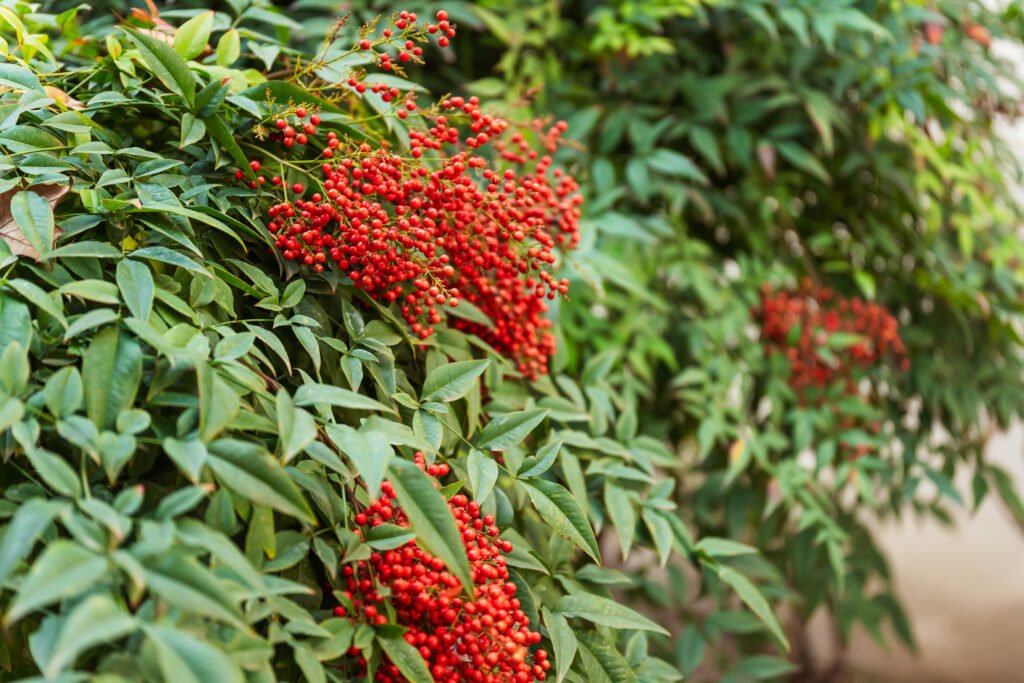
Nandina Bonsai Care: Soil, Watering, and Pruning Tips
When it comes to Nandina bonsai care, paying attention to the soil composition, watering routine, and pruning techniques is crucial for the successful cultivation of this evergreen shrub. The right soil mix plays a vital role in providing the necessary nutrients and proper drainage for the bonsai tree. A mixture of sand and soil with good drainage is ideal for Nandina bonsai, ensuring that excess water doesn’t accumulate around the base of the plant.
The watering routine for Nandina bonsai should strike a balance between keeping the soil moist and preventing overwatering. During the growing season, it is essential to water the bonsai tree when the top inch of the soil feels dry to the touch. Avoid allowing the soil to completely dry out or become waterlogged as it can stress the bonsai. Regularly monitoring the moisture level of the soil will help maintain a healthy root system.
Pruning is an important aspect of Nandina bonsai care, as it helps shape the tree and promote new growth. Remove any dead or damaged branches to maintain the overall health of the bonsai. Additionally, selective pruning can encourage branching and create a more compact and aesthetically pleasing shape. Remember to use sharp and clean tools to prevent any damage to the tree.

- During the growing season, fertilize the Nandina bonsai tree every two weeks with a balanced bonsai fertilizer to provide essential nutrients for healthy growth.
- Allow new growth to develop before shaping or pruning to ensure strong branches and foliage.
- Propagation of Nandina bonsai can be done through cuttings or air layering techniques. Early summer is the best time for propagation.
- Position your Nandina bonsai in a south-facing location to provide it with ample sunlight for optimal growth.
- Keep an eye out for common pests and diseases that may affect Nandina bonsai, such as aphids or fungal infections. Promptly address any issues to prevent further damage.
By following these soil, watering, and pruning tips, you can create a healthy and vibrant Nandina bonsai tree that will be a stunning addition to your bonsai collection.
Propagation and Styling Nandina Bonsai: Tips and Techniques
Propagating and styling Nandina bonsai opens up a world of possibilities in terms of creating unique and captivating compositions. In this section, we will dive into the process of propagation and explore the various styling techniques to enhance the beauty of your Nandina bonsai tree.
When it comes to propagating Nandina bonsai, the early summer season is the ideal time to take cuttings. Look for healthy branches with bright green foliage and bright red berries. Using clean, sharp copper tools, take a cutting just below a node. Remove any lower leaves and dip the cutting in rooting hormone before planting it in a well-draining soil mixture of sand and soil. Place the cutting in a warm and sunny location, ensuring it receives sunlight for at least a few hours each day. Water the cutting regularly, keeping the soil moist but not soggy. With proper care, your Nandina bonsai cuttings will develop roots and grow into new trees.
When it comes to styling your Nandina bonsai, there are various techniques you can employ. The foliage of Nandina bonsai is especially true to its name, resembling that of bamboo plants with its lacy appearance. You can train the branches to spread in a graceful manner by using copper wire to gently shape them. Pruning techniques can also be used to shape the tree, encouraging the growth of new shoots and maintaining its desired form. As the seasons change, you will witness the stunning color transformation of your Nandina bonsai, from bright green in the summer to bronze and red in the fall. By manipulating the positioning of your bonsai tree and providing ample sunlight, you can enhance this beautiful color display.
In conclusion, propagating and styling Nandina bonsai is a rewarding experience that allows you to unleash your creativity and create stunning compositions. With the right techniques and a little patience, you can grow and maintain healthy Nandina bonsai trees that will thrive both indoors and outdoors. So, embrace the art of bonsai and enjoy the beauty of your Nandina bonsai tree as it spreads its branches and blooms its white flowers, known as heaven on earth.
FAQ
Q: Is Nandina bonsai suitable for beginners?
A: Yes, Nandina bonsai is considered suitable for beginners due to its easy maintenance and adaptability.
Q: What is the ideal placement for Nandina bonsai?
A: Nandina bonsai thrives in a bright location with indirect sunlight, preferably near a south-facing window.
Q: What type of soil should be used for Nandina bonsai?
A: Nandina bonsai prefers a well-draining soil mixture, such as a combination of sand and regular potting soil.
Q: How often should I water my Nandina bonsai?
A: Water your Nandina bonsai when the top layer of soil feels dry to the touch. Avoid over-watering to prevent root rot.
Q: When should I prune my Nandina bonsai?
A: Pruning can be done throughout the year, but it is best to prune Nandina bonsai in early spring before new growth begins.
Q: How do I propagate Nandina bonsai?
A: Nandina bonsai can be propagated through stem cuttings in early summer. Dip the cuttings in rooting hormone and place in a well-draining soil mix.
Q: What are some common pests and diseases that affect Nandina bonsai?
A: Common pests include aphids and scale insects, while common diseases include powdery mildew and leaf spot. Regular inspection and proper care can help prevent these issues.
Q: Can I style my Nandina bonsai using wire?
A: Yes, you can use copper wire to shape and style the branches of your Nandina bonsai. Be careful not to damage the delicate branches.
Q: Is Nandina bonsai considered invasive?
A: Yes, Nandina bonsai is considered invasive in some regions. Please check local laws and regulations before planting it in your area.




